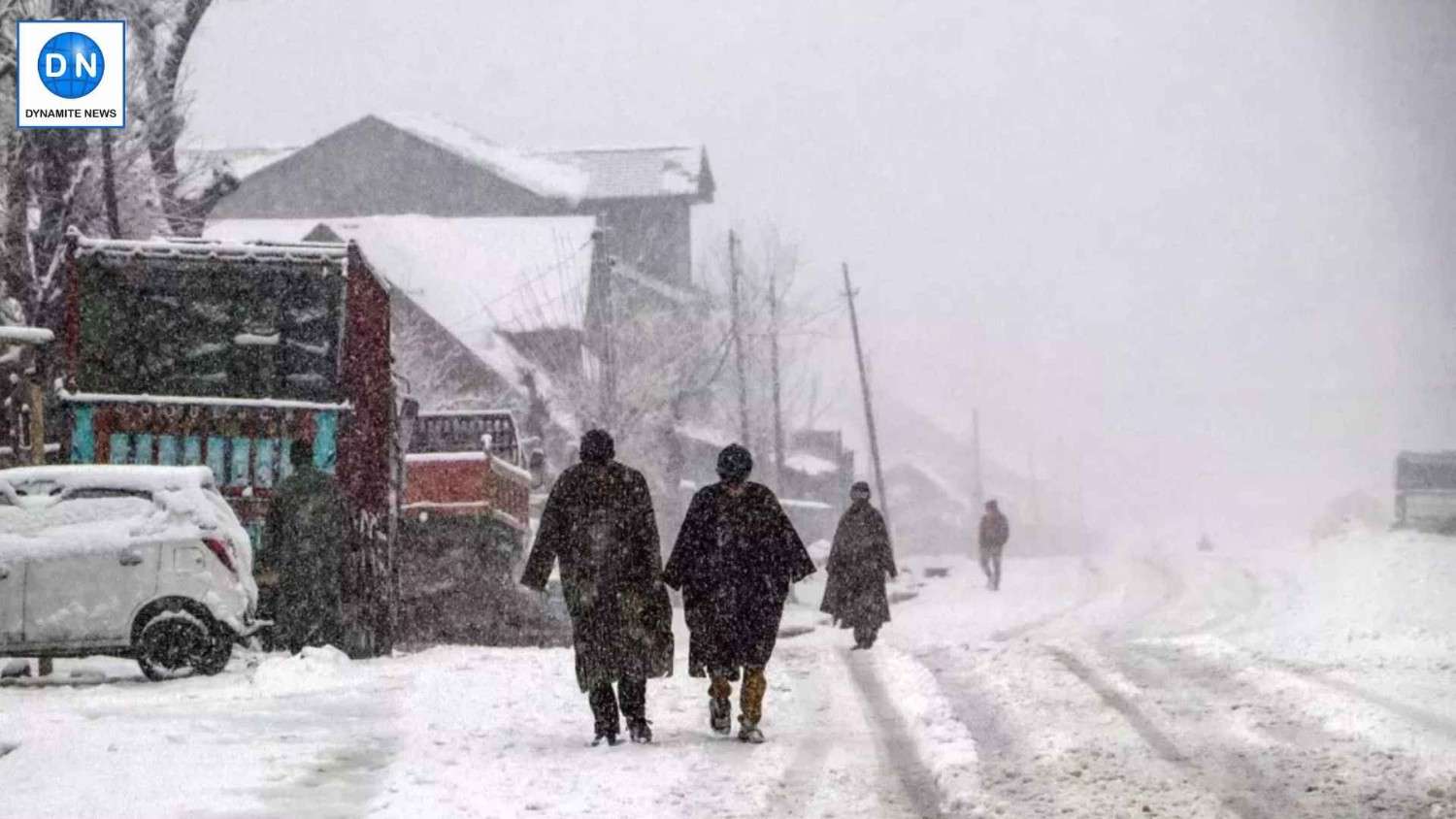Kashmir higher reaches receive fresh snowfall, rains lash plains
Higher reaches of Kashmir valley, including Gulmarg and Sonamarg, received snowfall while plains were lashed by rains, resulting in a drop in temperature on Sunday. Read further on Dynamite News:

Srinagar: Higher reaches of Kashmir valley, including Gulmarg and Sonamarg, received snowfall while plains were lashed by rains, resulting in a drop in temperature on Sunday, officials said.
Higher reaches of Kashmir valley, including the mountainous range of Affarwat in Ski resort of Gulmarg, the tourist destination of Sonamarg, Sinthan Top, Razdan Top, and Pir Panjal Range, received light snowfall during the intervening nights of Saturday and Sunday, resulting in a drop in the temperature, they said.
Tourists overjoyed
The tourists were overjoyed to see snowfall over the surrounding mountains at Gulmarg and Sonamarg. Srinagar and other parts of Kashmir Valley experienced light rainfall.
Also Read |
J&K: Security forces neutralise two terrorists in Baramulla
Weather department forecasts
Meteorological Centre Srinagar forecasts isolated to scattered light rain in Kashmir valley during the next 48 hours.
“A weak Western disturbance is expected to affect Jammu and Kashmir from Tuesday onwards, and under its influence, the weather will generally be expected to remain cloudy with the possible sunny breaks," independent weather observer Faizan Arif said.
He said there are also chances of a rain shower or spell in some parts of Jammu and Kashmir. Higher reaches may again receive a snowstorm during the period.
Also Read |
Kulgam encounter: 4 militants gunned down, 2 army men killed
Temperatures down
The day temperatures are expected to fall by several degrees Celsius. Night temperatures are also expected to drop after the passage of this Western disturbance.
Barring Gulmarg, the night temperature across the Kashmir valley was recorded 2 to 4 degrees Celsius above normal. At Gulmarg, the temperature recorded during the intervening nights of Saturday and Sunday was 1.8 degrees Celsius below normal.
 Dynamite News
Dynamite News 